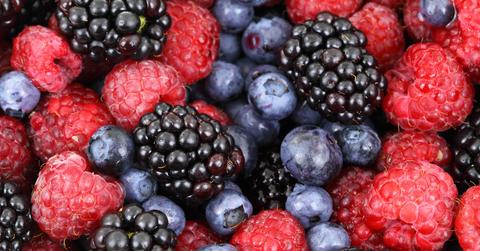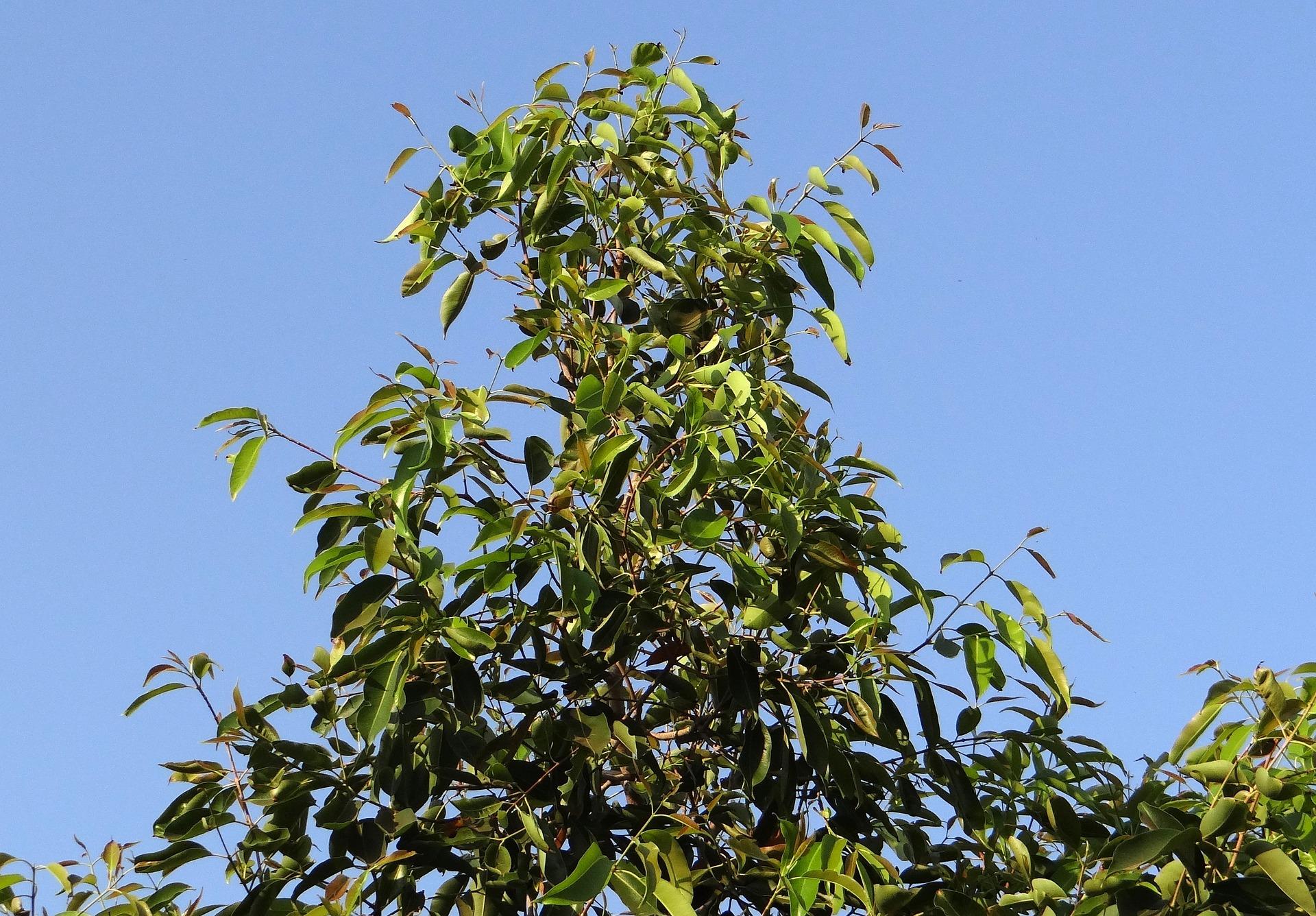Berries Could Be The Answer To India's Energy Shortage
Studies from the Indian Institute of Technology in Roorkee have shown that the jambul berries' pigment can absorb a large amount of sunlight. This could aid in India's energy crisis, as well as bring the heavy cost of solar panels down.
Updated May 26 2019, 6:49 p.m. ET
Fruit has the potential to not only bring solar energy costs down, but it could also provide India a solution for its power struggles. A team of researchers in India discovered that a berry known as the “Syzygium cumini,” or jambul, can absorb sunlight with the anthocyanin pigment found inside. Its ability to be extracted and produced in mass quantities could provide a sustainable solution to energy in the suffering country.
Research was done at the Indian Institute of Technology in the city of Roorkee, which is located in North India. It is important to note that India suffers from energy shortage. With the country growing rapidly, there simply is not enough coal to fuel the industry and the cost to import is very high. According to a report from the Economic Times, there are roughly 400 million people that live in India without access to electricity. One of the major problems is not having the equipment required for the demand.
"This has been a significant reason for India missing its capacity addition targets. While the shortage has been primarily in the core components of Boilers, Turbines and Generators, there has been lack of adequate supply of Balance of Plant (BOP) equipment as well. There is a shortage of construction equipment also."
With a need to increase energy by roughly three or four times the current amount in the next 15 years, they will have to turn to more efficient energy solutions. This is where the jambul berries come in. The cost of creating and installing solar panels is very expensive. For comparison’s sake, it costs anywhere from $10,000 to $13,500 to install a 5 kW system in the United States. That would be more expensive to do in India, and they are hoping to increase their solar power generation by 10 times its current amount in the next five years.
The natural ingredient of the anthocyanin pigment inside solar panels could bring costs down significantly. Researchers believe it could be as much as a 40 percent reduction. However, Manu Balachandran of Quartz India warns that it is not as easy as simply putting some berries into a panel and calling it good.
"[ITT-Roorke assistant professor Soumitra] Satapathi’s cell current efficiency is only 0.5% compared to commercial solar cells that provide more than 15% efficiency. Though dye-sensitised cells were invented in 1988, there are no large commercial suppliers of solar panels that use this technology today because of the poor efficiency of the cells."
Still, there are plenty of positives to look at as research continues. Efficiency will continue to grow and the dye-sensitized cells are more environmentally friendly than the silicon currently used in many solar panels. The trees these jambul berries are found are widespread and can last over a century. The process of extracting the pigment from them is also easy to accomplish. It also provides an alternative that India is desperately in need of.

